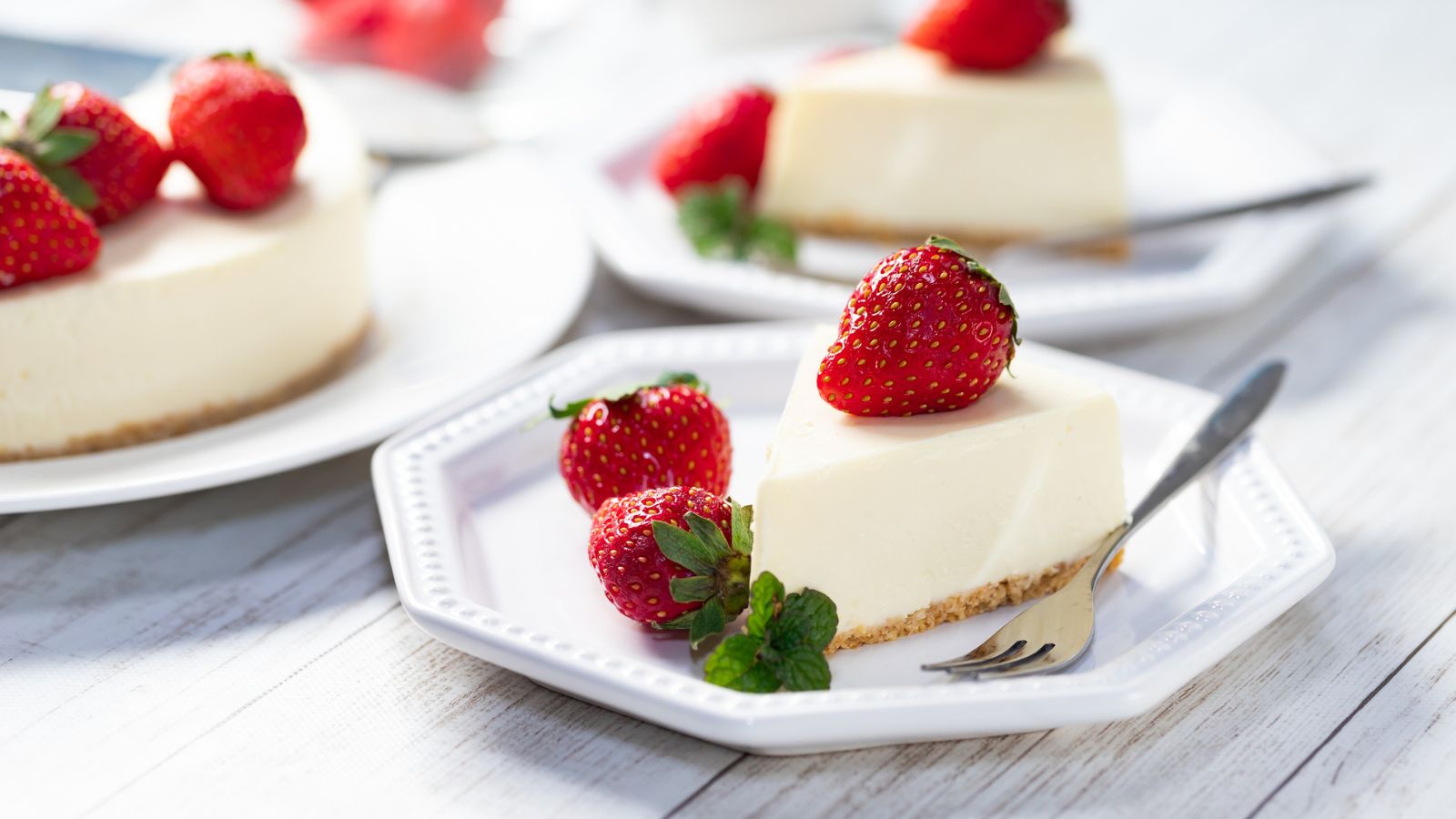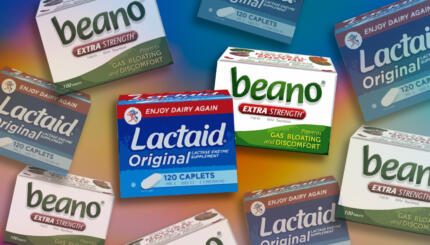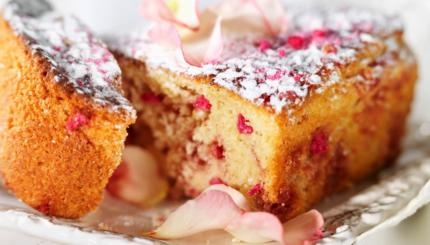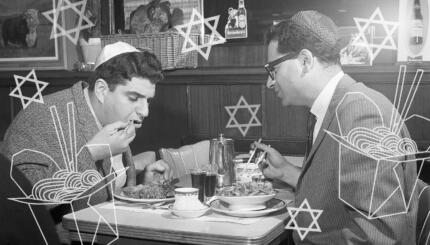When I was growing up, cheesecake meant one thing: a dense-as-fudge wedge of creamy custard set in a buttery graham cracker crust, usually topped with fluorescent red strawberry sauce. This is American-style cheesecake (sometimes called New York-style cheesecake), and I enjoyed it mightily — on Jewish holidays (particularly Shavuot), for the occasional kiddush after synagogue services and, if I’m being honest, more than I’d like to admit at the Cheesecake Factory. I had no idea that there were other iterations of the decadent dessert — particularly Israeli-style cheesecake — to be enjoyed.
The American-style cheesecake of my youth is a descendent of kaesekuchen (literally “cheese cake”), a curd-cheese-based confection that was popular throughout Germany, and which German Jewish immigrants brought with them to the United States. At first, these immigrants substituted cottage cheese or farmer’s cheese for German quark in their kaesekuchen. According to Gil Mark’s “Encyclopedia of Jewish Food,” the curd cheese gave cheesecakes “a somewhat coarse and heavy texture.” But starting in the 1930s, he writes, “Jews in New York City substituted cream cheese and sour cream for the curd cheese,” leading to the ultra-rich, subtly tangy cheesecakes we know today.
Thanks to its prominent inclusion on menus at New York delicatessens like Reuben’s and Lindy’s, cheesecake became a sensation. (Strictly kosher restaurants did not serve it, of course, since dairy desserts could not be on the same menu as pastrami.) And when Guys & Dolls debuted on Broadway in 1950, an infamous exchange about cheesecake and apple strudel between Sky Masterson and Nathan Detroit immortalized the Jewish dessert’s pop culture standing.
As I got older, I began to discover cheesecake traditions from other parts of the world. There’s the intentionally burnt, gooey-centered cheesecakes beloved in Spain’s Basque Country. There’s Japanese-style cheesecake, which has an airy, soufflé-like texture. And there’s Israeli-style cheesecake, which is a cousin to American cheesecake, but also its own thing.
The Nosher celebrates the traditions and recipes that have brought Jews together for centuries. Donate today to keep The Nosher's stories and recipes accessible to all.
The cheesecake enjoyed in Israel also stems from German baking traditions imported by Jewish immigrants. But whereas American cooks substituted rich cream cheese for quark, Israeli cooks utilized the locally abundant gvina levana (“white cheese”), a soft, creamy cheese that is very similar to German quark. Janna Gur describes it as “one of the most in-demand foods in Israel,” in “The Book of New Israeli Foods.” That small switch makes a noticeable difference — Israeli cheesecake tends to be lighter and less overtly rich than its American counterpart.
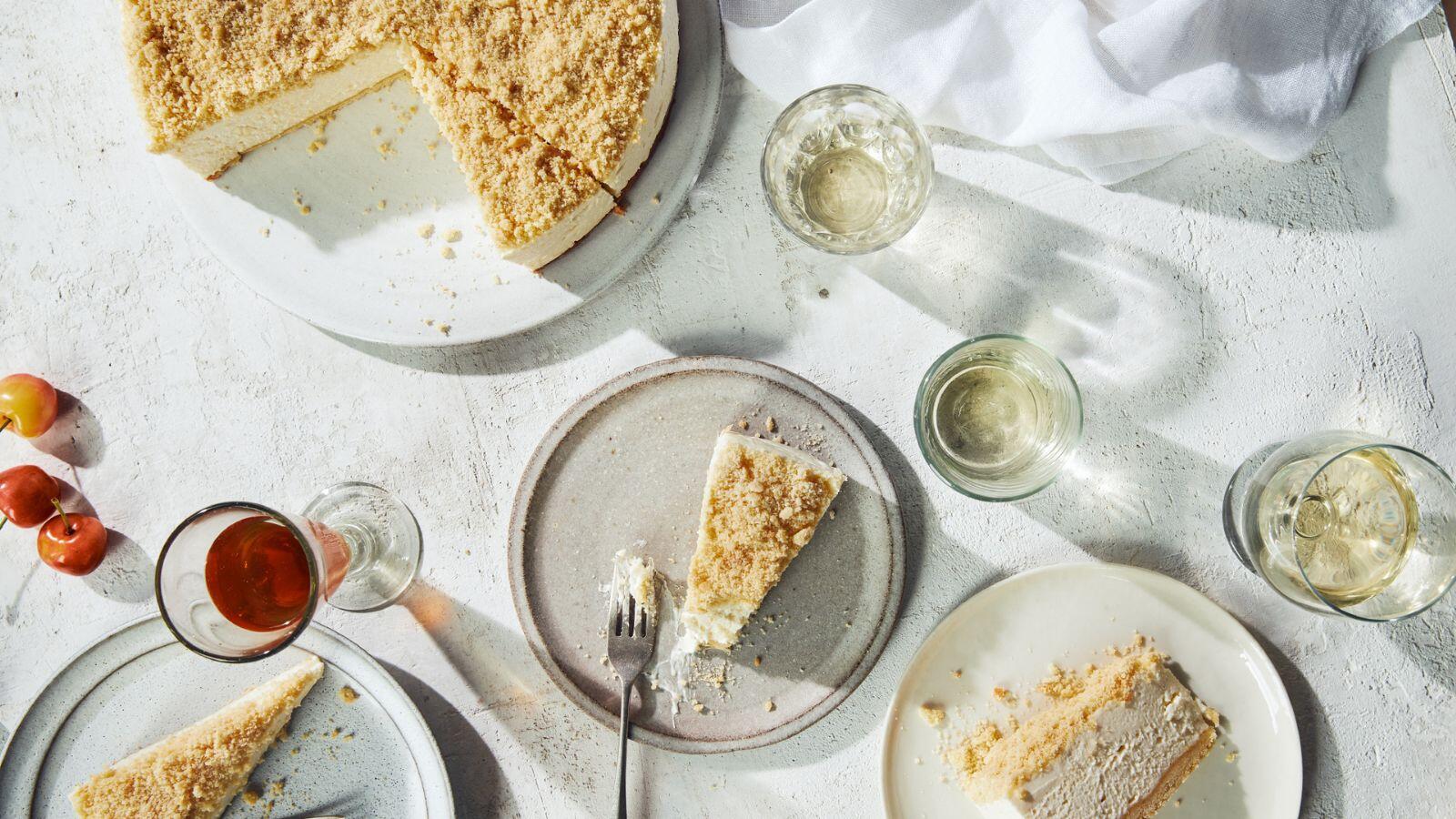
Beyond the type of cheese, there are other differences between the two cakes. Both ingredient lists typically include eggs, sugar, sour cream and some sort of flavoring (like vanilla extract or lemon zest). But American-style cheesecake often includes all-purpose flour in the batter, which helps to bind and thicken it. Israeli-style cheesecake, meanwhile, uses cornstarch or sometimes even instant pudding mix.
When it comes time to bake, American-style cheesecakes are often placed in a water bath, which helps set up the rich and smooth custard. Israeli-style cheesecakes, meanwhile, are baked without a water bath, making them more rustic, or forgo the oven altogether and are set in the fridge. Israeli cheesecakes also often include a crumble topping, made from the same butter and crumbed biscuit mix used for the crust. American-style cheesecakes are topped, instead, with a fruit sauce.
There is, of course, a healthy debate between cheesecake aficionados over which of the two cheesecakes is best. As the saying (almost) goes: two cheesecakes, three opinions. My take? I am partial to the American-style cheesecake of my youth, but whichever wedge of cheesecake is set in front of me at any given moment is my favorite. Because when it comes to a mix of creamy cheese and sugar, what’s not to like?
